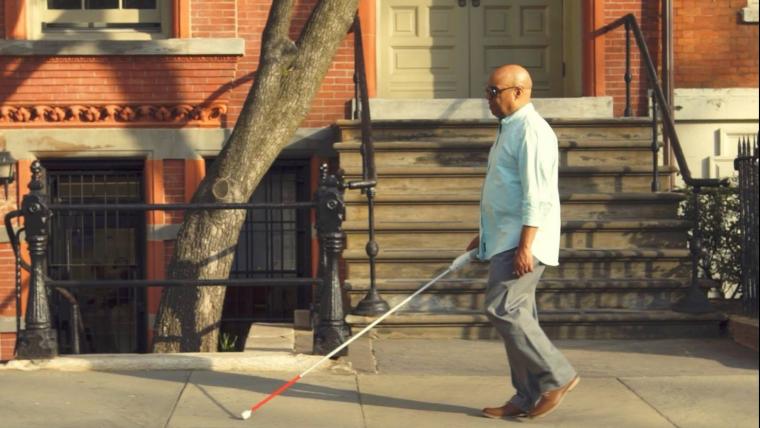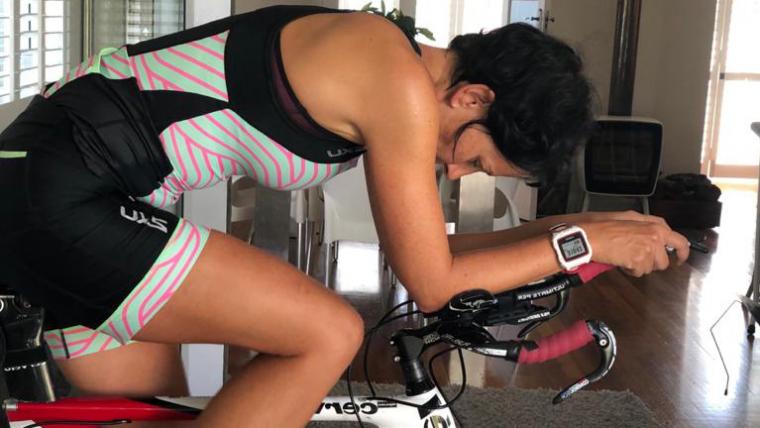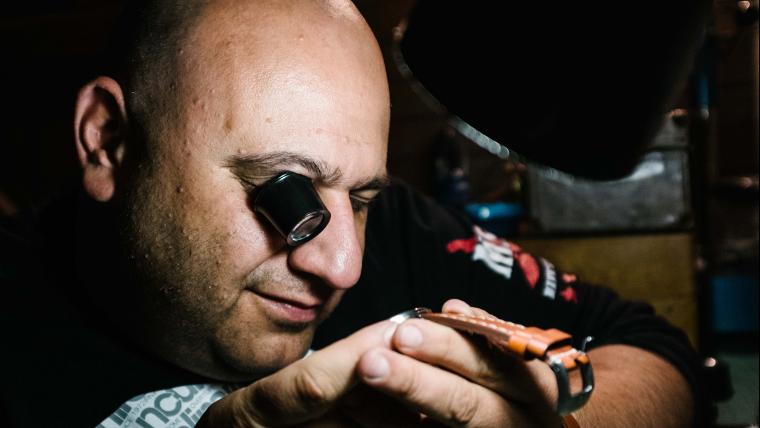
Why this smart cane is a step forward for visually-impaired people
The city can be a dangerous place for anyone. But for visually-impaired people, it’s a risk just walking the streets. Born blind, Kürşat Ceylan knows how treacherous it is for someone without sight. He ploughed head-first into a lamp post while navigating New York with a suitcase, phone, and cane in hand. Although bruised and bloodied, the incident set Ceylan on a new course – he was going to bring the hundred-year-old white cane into the future.
“White canes are so helpful,” Ceylan says. “Yet they cannot detect overhead obstacles such as trees, poles, traffic signs.” Frustrated with the lack of innovation for people with disabilities, Ceylan began integrating cutting-edge technology into the simple stick. The end result is the revolutionary smart cane, WeWALK.
Using an ultrasonic sensor, the device can identify barriers above chest level and alerts its user through vibration or sound. Compatible with any smart device, the electronic cane is both affordable and accessible. Built-in navigational features such as destination tracking, public transportation services, and low-vision mapping allow people to explore the city with confidence and ease.
Today, the smart cane is being used in over 35 countries around the world. To take it a step further, Ceylan and his team have begun developing a project that notifies users of nearby cafés, shops, and restaurants in real-time. Through his innovation, Ceylan is driving independence and safety for visually-impaired people. “No matter who you are, we should all experience the power of technology,” he says.






























Please sign in to leave a comment